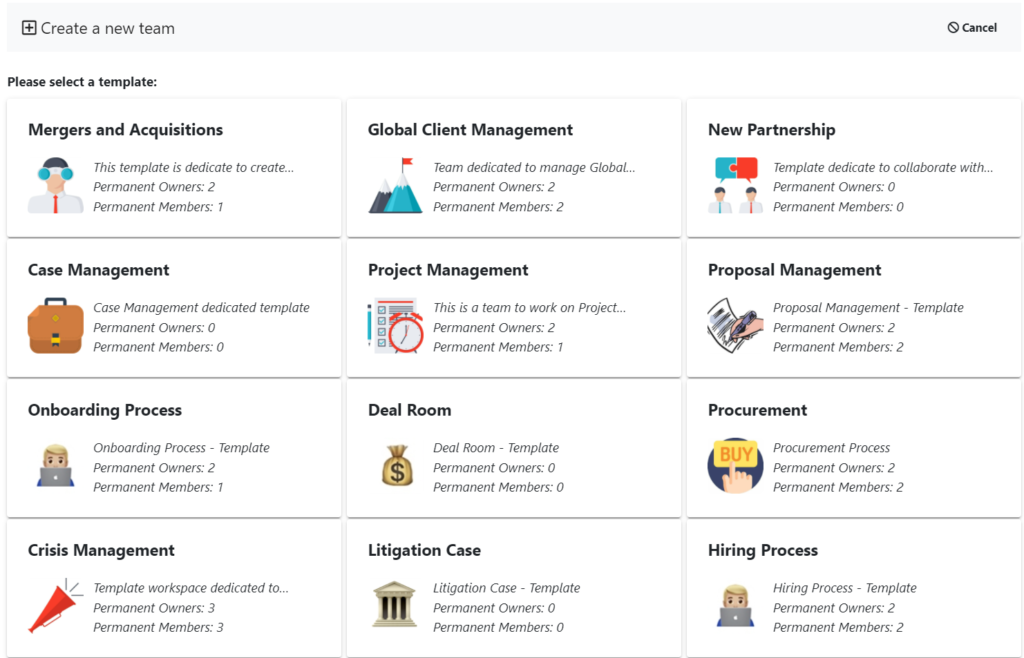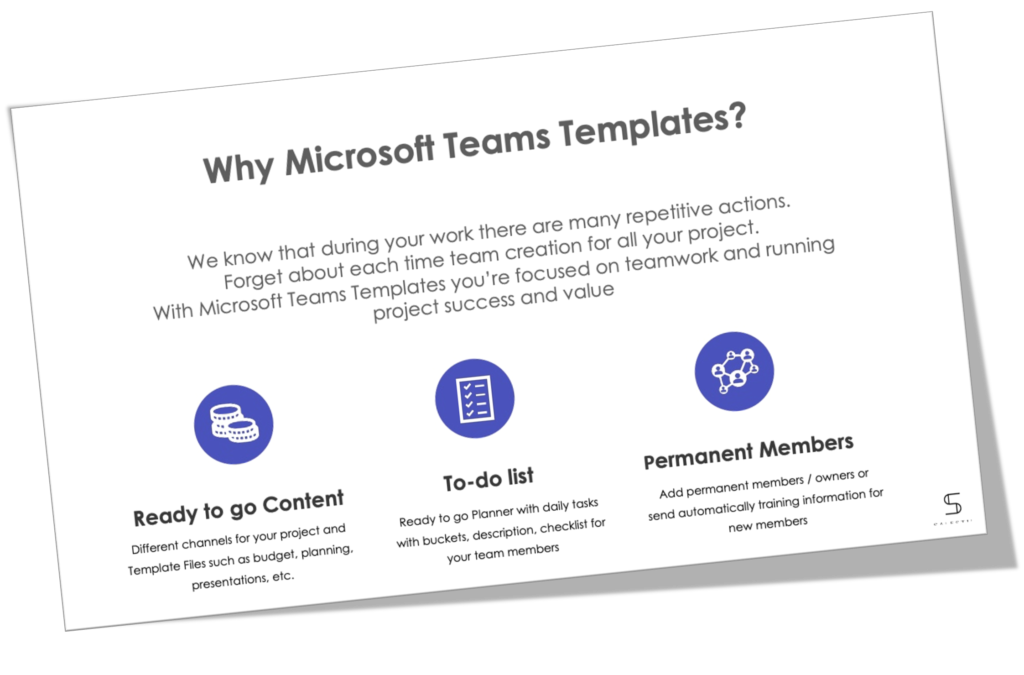Going digital is no longer an advantage in today’s world but a necessity that every business must consider. According to a research by Statista, “Companies’ efforts to transform digitally have largely begun, and are going broader and deeper – by 2023, digitally transformed organizations are forecast to contribute to more than half of global GDP.”
Digitalizing business processes became a must when people started turning into virtual spaces for a better customer experience. From actions as simple as reserving a seat in a restaurant to opening a bank account and using it from your mobile phone, digital processes have become a central part of our lives.
Digitalizing business processes doesn’t stop at providing online user interfaces and services. It extends to transferring all workflows and processes of a company into the digital world for efficient and productive performance.
If you’re embarking on this journey too then keep reading. In this blog post we will walk you through the essential steps of digitalizing business processes.
What does digitalizing business processes mean?
Digitalizing data means converting it to digital formats that computers can read. So similarly, digitalizing business processes means converting them from a physical to digital world.
It’s not just about getting rid of paperwork. It also encompasses the change in business operations, culture, workflows, and methods to become more agile, productive, cost-effective, and responsive to various circumstances. From opening an online bank account to securing a fully remote work medium, everything can become digital. Furthermore, it is about reorganizing strategies and turning all processes into a digital format where you can work collaboratively in real time.
The benefits of digitalizing business processes
Executive outline the following top benefits of digital transformation:
- improved operational efficiency (40%)
- faster time to market (36%)
- the ability to meet customer expectations (35%).
When a business goes through a successful digital transformation, it better leverages resources, and the overall performance witnesses a noteworthy change. Although the output remains the same, the improvement in workflows reflects on productivity, which results in better working habits thus a better customer experience.
Here are some more benefits of digitizing business processes.
Reducing admin work
Digitizing processes requires adoption of a collaboration platform to organize the employees’ communication and documentation. Although there’s no way to completely eliminate admin work, still the existence of collaboration solutions helps reduce it to a minimum. Automated workflows can process most of it and keep the employees focused on their main duties.
Accessibility and time-saving
Among other things, going digital requires moving from a centralized work environment to a decentralized cloud-based collaboration environment. It gives employees the ability to work from anywhere and access shared resources according to their permissions. It also offers many real-time co-working features and AI-supported search and data intersection tools.
When all the information is stored in the cloud, team members can easily search and access data, work together on files, and share them in a more efficient way.
Convenient for all kinds of teams
Whether a team is working in the same office, remotely, or mixing the two scenarios in a hybrid model, digitalizing processes makes it convenient for all of them to interact anytime, anywhere, as far as they can be online. Digitalizing processes creates a better work experience for all employees. It doesn’t matter what business model they have, as far as they are following efficient workflows of a digital environment. Some people mistakenly think digitalizing a business is only for the remote working environment. But teams can work in the same office and use collaboration tools.
How to digitalize your business processes
Digitalizing your business processes is a step-by-step plan that you have to follow to achieve desired results. Trying to push the business into the digital world without a bigger picture might not bring the desired results. Which is why you need an action plan and walk by it through the digitization process.
Involve your team
Digitalizing a business is not something you can do on your own. You should involve all team members. Gather everyone and let them know about your endeavor. Explain its benefits for them and the company. Ask for their total contribution. Embrace creativity and be flexible with their ideas.
Start working groups that include all your department heads and team leads. Each department and team have their needs, wants and work-related nuances. Therefore, it’s important to have inputs from representatives since the very beginning of the digitization process. For instance, suppose there is a construction company that wants to digitize their business processes. On the most basic level, a construction company has a team of engineers, architects, salesmen, project managers and contractors.
A very simple example of digitization in a construction company is digitizing the construction forms because it has many benefits from easy access to data analysis. Some of these departments like sales and architects work directly with the clients, so using digital forms is different for them compared to, let’s say, the site managers who work with contractors. That’s why the managers need their insights to understand what kind of digital forms to create so that they don’t become a hassle for clients or other stakeholders.

Identify the processes
The first practical step in digitalizing your business processes is to identify them. Conduct comprehensive research about your company’s workflows and separate processes from one another. In general, there are three different types of business processes:
- Operational,
- Management, and
- Support.
Identifying the processes is crucial because you will have to review them independently. It might seem like an impossible task, but your team will simplify it significantly. Get together with your working groups comprised of department heads and team leaders to discuss their pain points. As a next step, you can research and weigh the pros and cons of digital solutions that can help improve their work.
For example, if you’re an IT outsourcing company and you have project managers who work with clients, ask them what part of their everyday work could be potentially digitalized. It might be hard to get answers from them immediately, so you need to help them think. Together, you can breakdown their everyday work and separate processes that can be digitalized. E.g., sending out emails, creating client profiles for the financial and legal departments, etc. If you don’t have a dedicated person then you can assign them to research and offer solutions that help digitize those processes.

Analyze your workflows
For each identified process, go deeper into the details and think about its functionality, activities, what triggers it to start, its input and output, and who is responsible for handling it. Analyzing the processes helps you understand your requirements and figure out what works best for you. We recommend using a visualization tool, for example Miro, to draw all your workflows and have a better understanding of the stages and people involved.
Group and prioritize
Don’t think that you can jump from a traditional work environment to a digital one all at once. To be on the safe side, you should divide your processes into priority groups. Digitalize them in a sequence with enough time for your team to digest the change and act accordingly.
You can’t do it department by department or team by team. Instead, it should be more systematic and activity-based. Go back to the workflow you created and identify which activities you can digitize first then second, third, fourth, etc. Essentially, you’re creating a roadmap and timeline of digitization. It can be helpful to share it with the rest of the team as well, so that they know their next steps. Depending on your industry, the first action to be digitalized can be data input, email marketing, payrolls, etc.
Improve your existing workflows
After breaking down your business into processes, you can oversee everything from an eagle’s eye and think about possible improvements for the various processes. You might end up merging some or updating their workflows, but most importantly, keeping your improvements realistic.
Digitalizing business processes doesn’t stop at simply digitalizing one, two or even 100 processes within your company. It requires constant monitoring and assessment to understand what works and what doesn’t. Don’t dismiss your working groups so quickly. Have monthly meetings to discuss how digitalization has affected the work in their respective departments and teams. Keep these notes and if needed, make changes.
Choose an online medium
Look for a computer-aided collaboration solution that will assist you in executing your processes within the digital environment. You have to review multiple options and check their features before making the final decision. One of the highly recommended collaboration solutions is Microsoft Teams. A platform that will help digitalize your processes with its business-oriented understanding methods. Here are the key features that make Microsoft Teams an excellent solution aimed at digitalizing business processes.
Communication
Microsoft Teams encourages a high level of communication between team members. Its advanced features allow creating multiple channels of interest, starting public or private conversations, sending announcements, holding conferences, online meetings, recorded brainstorming sessions, and using all Microsoft interactive services to enhance the quality of communication.

Documentation
The backbone of Microsoft Teams is SharePoint. All conversations are saved in the cloud along with the shared files within channels. This archiving and documentation feature helps you keep a record of everything—no need to worry about losing a meaningful conversation or a key file. You can also mark conversations and search efficiently for anything you need.

Learn more about best practices for file management in Teams.
Online collaboration
As you share files with other team members, you can co-edit them in real-time, add your notes, leave comments, track changes, and collaborate with other team members. Although all the files will be stored in the cloud, you can also synchronize your local drive and keep an updated version of all your data.
You can even go a step further and streamline your digital processes. You can use a solution like SalesTim and create business process templates for any scenario which you can use to quickly recreate already pre-built workspaces.

They will allow you to create already pre-built workspaces with all the right tools and content necessary for your repetitive processes in a matter of seconds: channels, files and folders, tabs and more.
Wondering how to templatize your business processes?
Download our step-by-step guide on how to create Collaboration Templates for Microsoft Teams

Although it might seem complicated at first, digitalizing business processes is not a rocket science. After all, sooner or later, you will find yourself obliged to ride the wave along with all other companies and shift your work to the digital environment.
